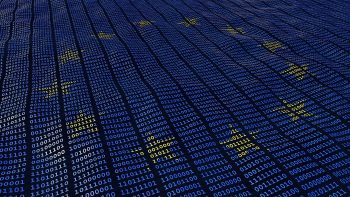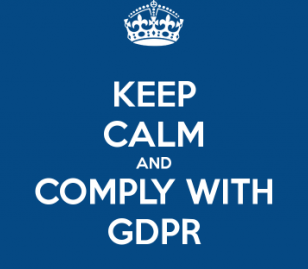On 25 May 2018, a new European regulation was enacted in order to increase the protection of citizens’ personal data. Few regulations have received as much media coverage as The EU General Data Protection Regulation (GDPR). GDPR aims to regulate the use of people’s personal data while protecting users’ private information and providing a clearer and more transparent idea of the way this data is handled.
How to ensure that your organisation is GDPR compliant
Last year, we published a blog about GDPR compliance. Here is a short reminder of some of the key things companies need to do to ensure they are GDPR compliant:
- Obtain explicit consent before the collection of your users’ data
- Obtain explicit consent to hold any data obtained before May 25th, 2018
- Clearly and concisely explain the purpose of the data processing in the information notices (privacy policies, terms and conditions and opt-in statements)
- Ensure that all individuals can access (and wipe) their personal data if requested
What sanctions could your organisation be facing?
Remember the relentless bombardment of emails last year, where companies asked users to confirm their consent in order to obtain and process their data? The first few weeks following GDPR revealed a lot of paranoia from companies, which was understandable given the sanctions companies could face. The penalties for violating GDPR are severe: administrative fines of up to €20 million or 4% of a company’s annual turnover. However, despite the panic caused by the implementation of GDPR, the number of sanctions given by the Information Commissioner’s Office (ICO) and its European counterparts has hardly increased in the last year.
To determine the size of the fine, regulatory agencies take two factors into account: how long the infraction has existed and the impact of the violation on the concerned parties. For this reason, it is important to anticipate the risks of non-compliance as early as possible in order to avoid or reduce fines.
GDPR, more a tool than a burden
The objective of GDPR is to provide a comprehensive set of privacy rules that are understood and applied in a uniform manner throughout Europe. Companies processing personal data must now inform their users of the purposes of data processing, the storage period, and more. However, most users instinctively skip reading these statements and notices and accept the terms almost automatically, without understanding their implications. While these notices have been implemented to help users comprehend how their data is being used, they are often too long, too descriptive, uninteresting or even difficult for non-specialists to understand, ultimately adding little value or transparency for the user.
Despite its shortcomings and daunting nature, GDPR is, in fact, a very important tool for companies and customers alike. GDPR was created out of the desire to give individuals control over their personal data and to help them better understand and enforce their rights. By complying with GDPR, you assure your customers that their data is protected and that your use of it will be limited and transparent. Plus, if a security breach occurs, you are required to inform your customers, allowing them to take any necessary action.
What conclusions can be drawn from the first year of GDPR?
In the last year, GDPR will have raised citizens’ awareness of the issues related to the processing of their data. Users can now feel better informed about how their personal data is used. GDPR has made it clear to consumers that they have rights in regards to the protection of their personal data, but despite a successful first year of GDPR, there is still a long way to go before its objectives are fully achieved.
Did GDPR work?
While it’s still too early to evaluate the full extent of its impact, GDPR seems to have worked rather well, with a coherent, solid and effective implementation. Despite the initial backlash that GDPR received, it has since received positive feedback from key members of the business community. As a result of GDPR, companies have realised that they have a lot of work to do to regain consumer confidence and ultimately strengthen the digital economy.





